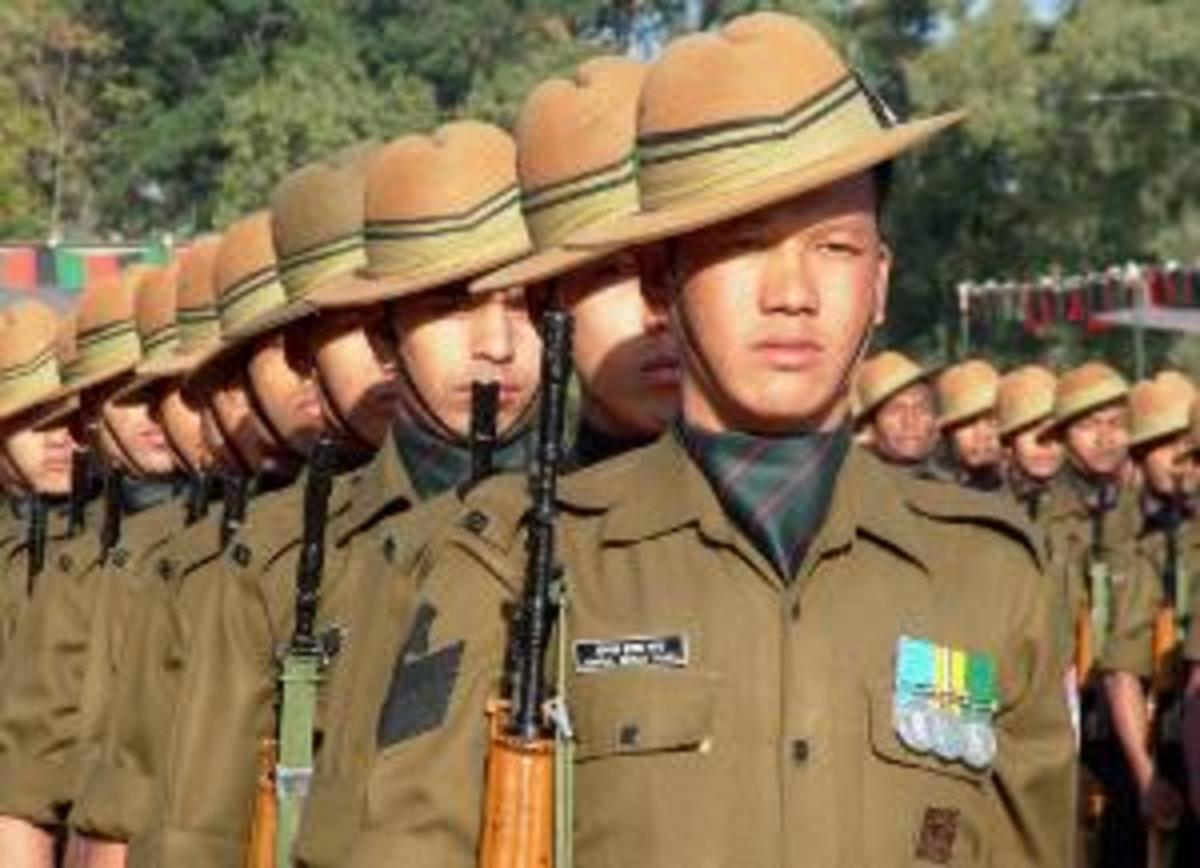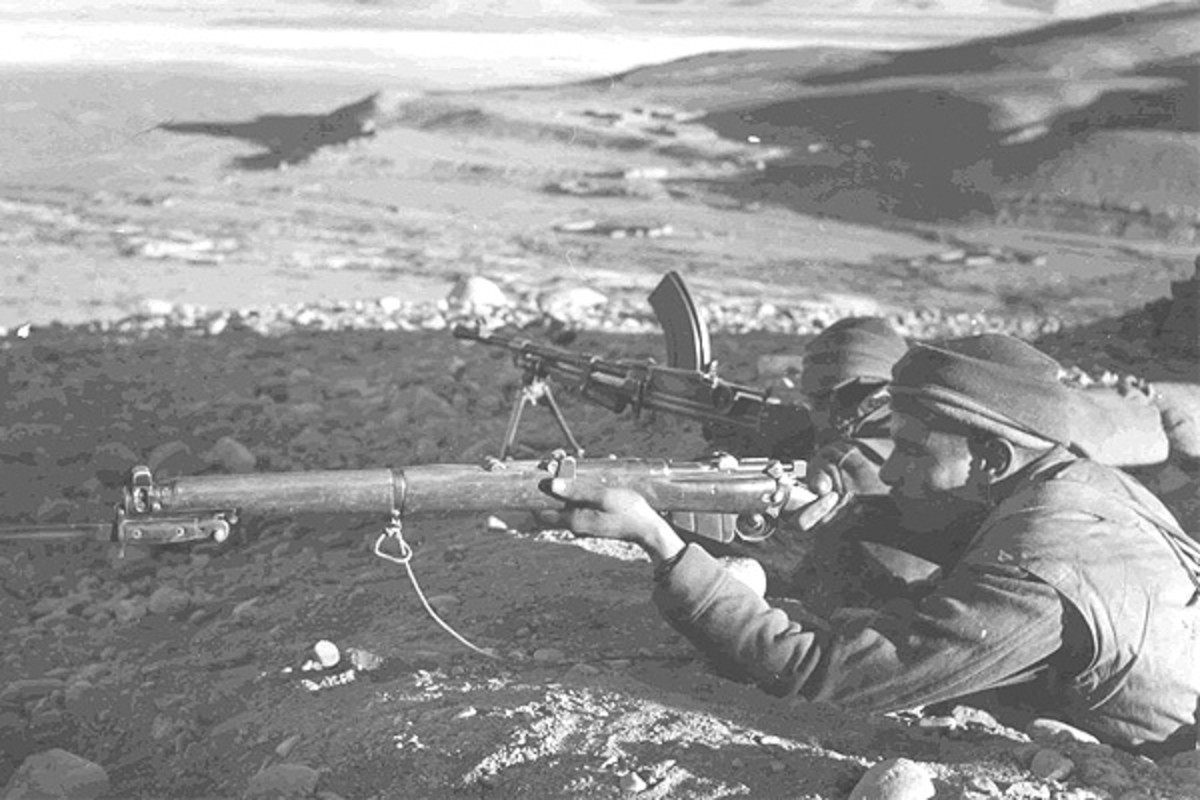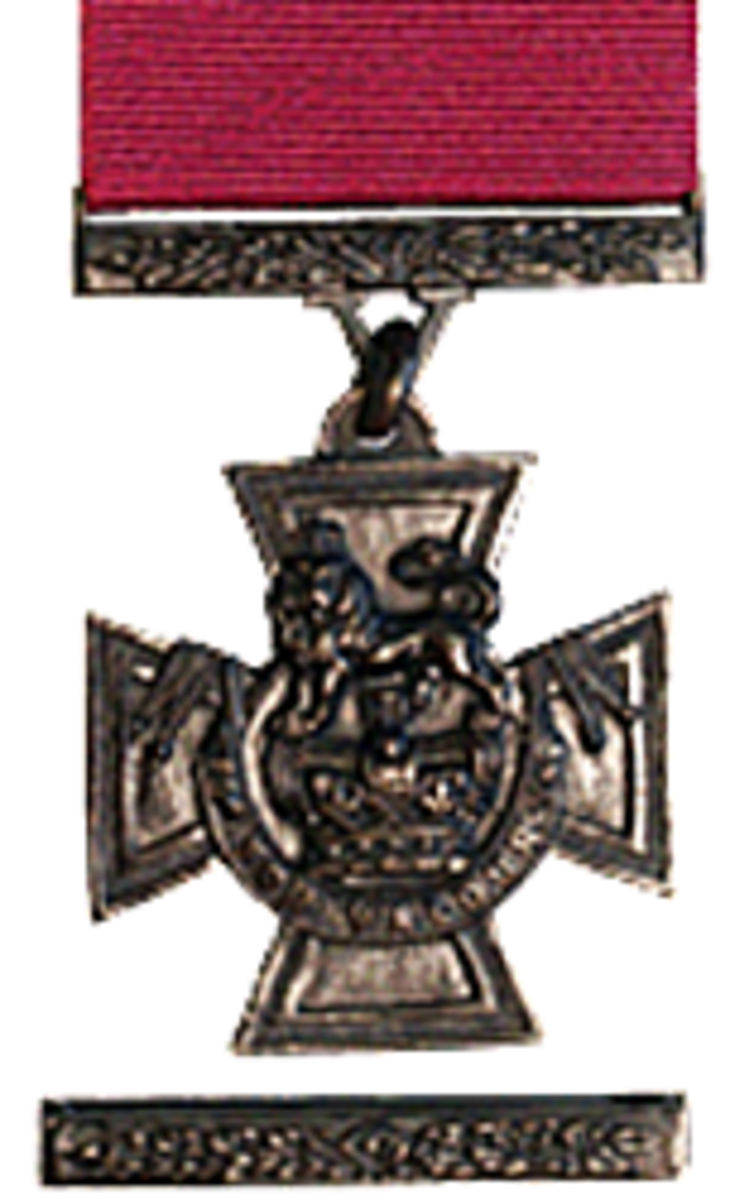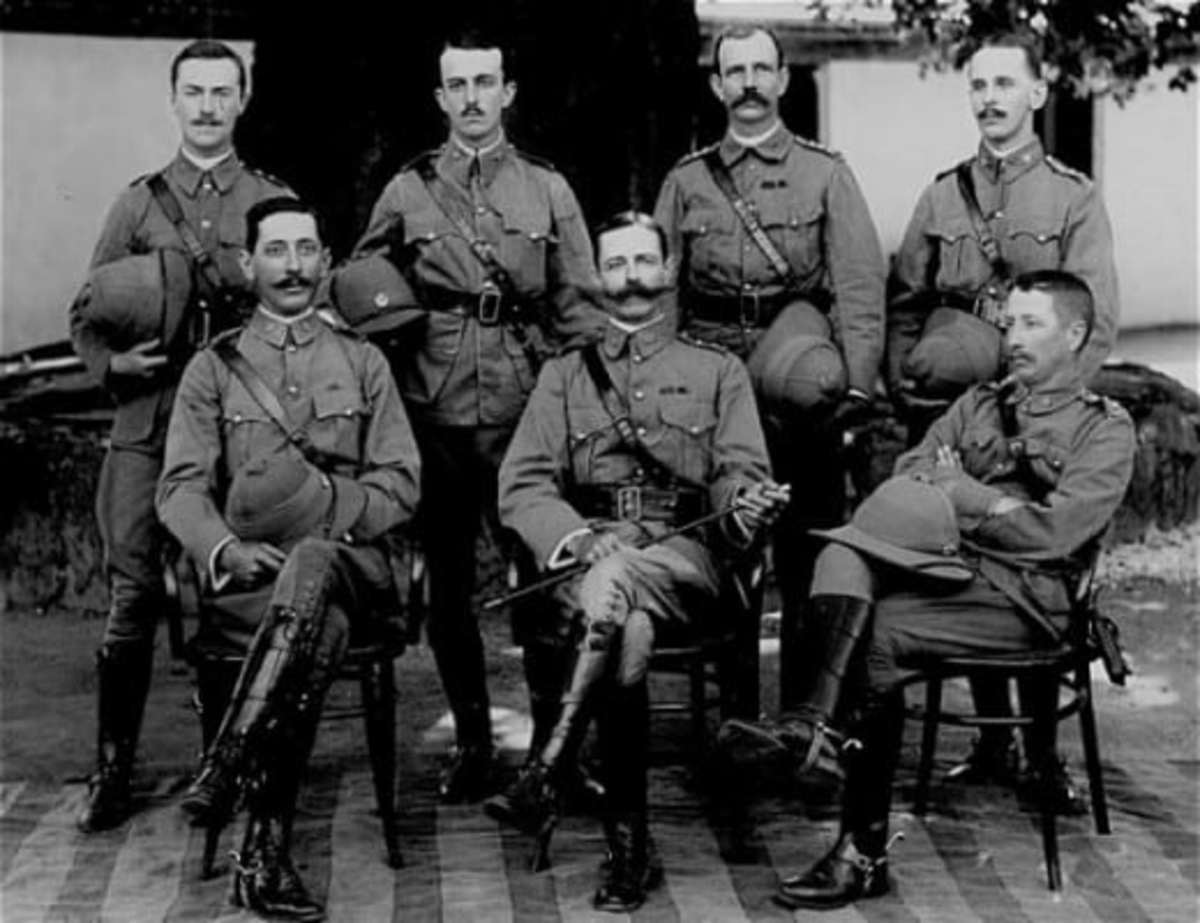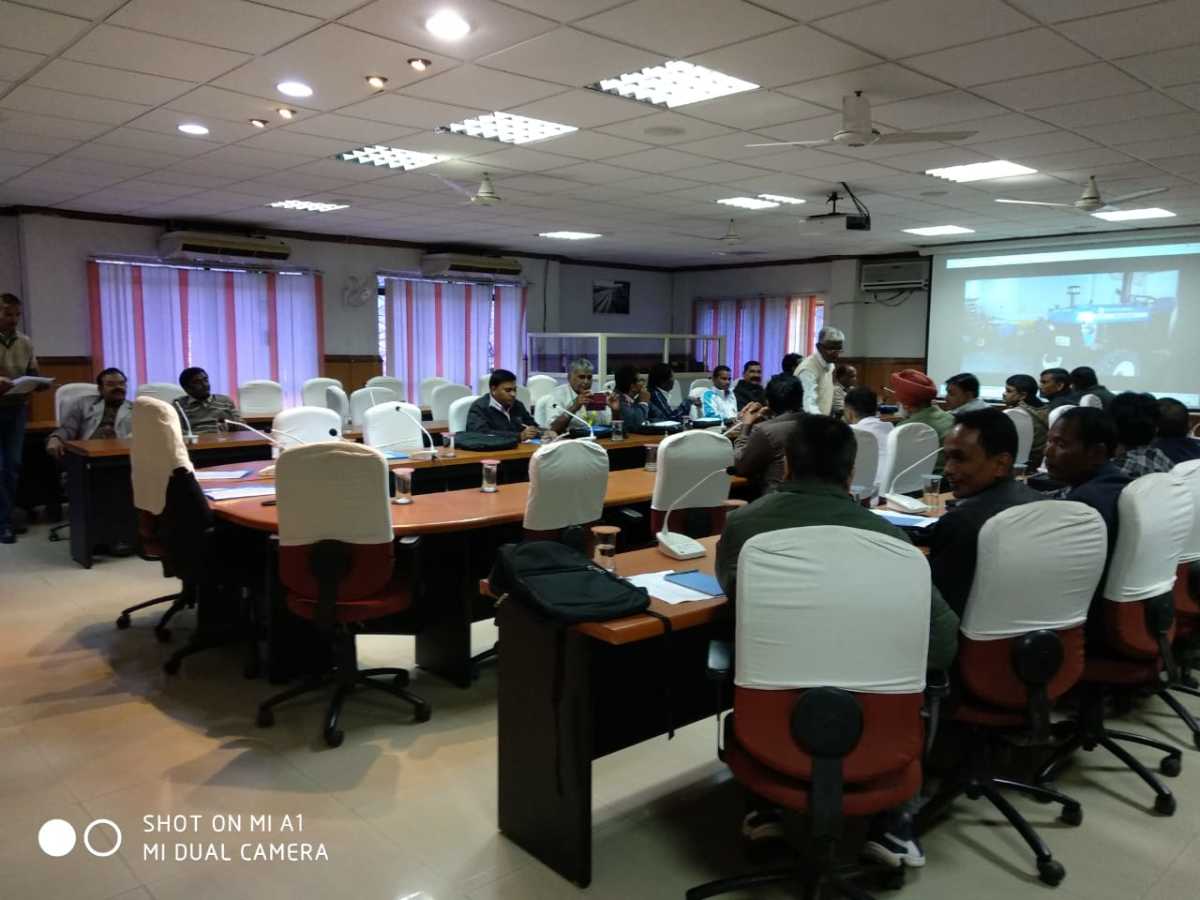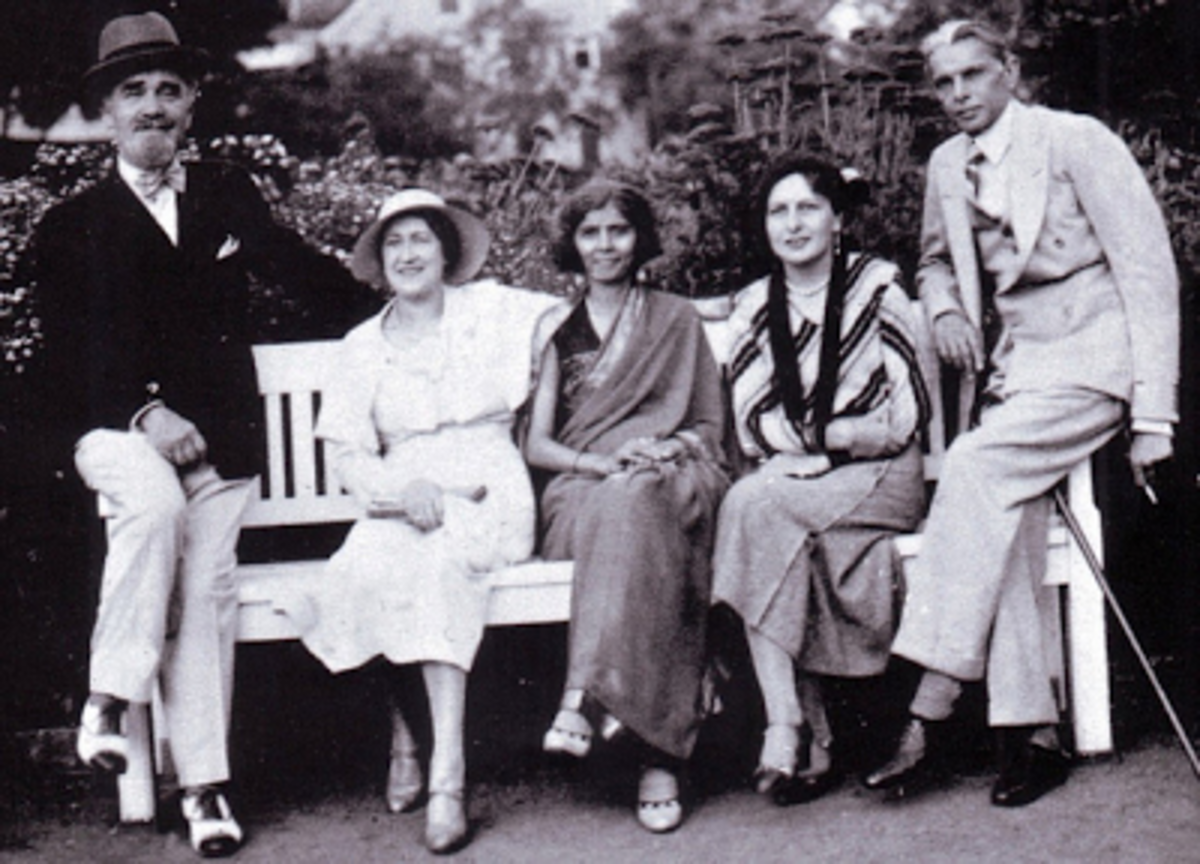Indian Army at Crossroads: General Staff Short Charged and Short-Sighted With the Accent on Self Preservation
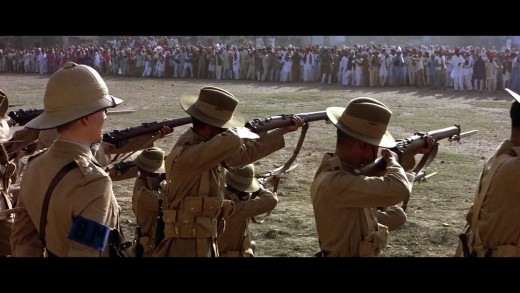
Background
The Indian general staff short charged and short-sighted
The Indian Army traces its heritage to the days of the Raj. During the Raj, the Indian Army was a mercenary Army that helped perpetrate the Raj. It was the lynchpin of British rule over India. This is an unsavory fact but at the same time cannot be brushed under the carpet. The army which was about 200,000 during the days of the Raj, consisted of only the martial races and was a hundred percent Indian manned force., The senior officers were British with an odd sprinkling of Indian officers at the junior level.
A reference to the Jallianwala massacre is worth recounting now. On 13 April 1919 soldiers from the Sind, Frontier Force and Punjab regiments fired on unarmed protesters on orders of a Britisher- Brigadier-General Dyer. He subsequently died in England in 1927 of medical complications.
I bring out this incident only to show the servility of the Indian soldiers who were prepared to shoot their own people without thought and compunction. I wonder if a similar order was given to English soldiers to fire on unarmed civilians, what would have been their reaction? Most probably they would have refused to fire.
In 1947 when India became free after the departure of the English there were only two leaders in the Indian political spectrum who had any knowledge of military matters. The first was Gandhi who had served along with an ambulance brigade with the British army during World War I in South Africa and second was Subhas Chandra Bose who headed the Indian National Army and fought against the British rule. Both expired and thus could not influence military policy.
Tradition of Obedience
This tradition of always obeying orders without thinking of their consequences has been the bane of the Indian Army. It is something inherited from the days of the Raj. This is succinctly brought by John Masters in his classic "Bhowani Junction."
Obedience per se is a good thing but servility is not. The soldiers of the British Indian army have now become officers but the same servility of thought is continuous. After 1947, many of the senior Indian officers assumed that the pomp and show of the army general staff during the days of the Raj would continue and hence they were loathed to give up their privileges, thinking they would remain forever.
In this background when in 1955, HM Patel the defense Secretary offered to integrate the defense ministry with the service headquarters the proposal was turned down by both General Rajinder Singhji and general K Thimmiya. These generals thought that integration with the Defence Ministry may embroil them in bureaucratic wrangles and also make them lose their pomp and show.
This shows the extremely short-sighted approach of these generals who assumed that in case the armed forces headquarters was integrated with the ministry of defense they would lose their privileges. That fatal blunder has opened a can of worms and now the Indian Army is not only short charged but is without any vision of the future. The clock cannot be put back and the army has no say at all in any policy decision and it is controlled by the MOD staffed by civilians. Had the two general agreed for integration in 1955 it would have been a different story.
General staff
The downside of the general staff continued and the political leadership by making selective appointments of the Army chief by superseding senior generals was able to ensure the supremacy of the civilian over the military. In a democracy, there is no doubt that civilian supremacy is both desirable and essential but it is not at the cost of the perks and privileges of the Army. In India, the civilian leadership and the bureaucracy formulated plans which not only reduces the status of the Army but makes it a second rate career compared to the civil services. The political leadership scared of a military coupe agreed with this approach. The faulty thinking was echoed by Dr. Rajendra Prasad, the first president of India, who is reported to have stated in 1955 that India did not need an army and all it needed was a police force on the border.
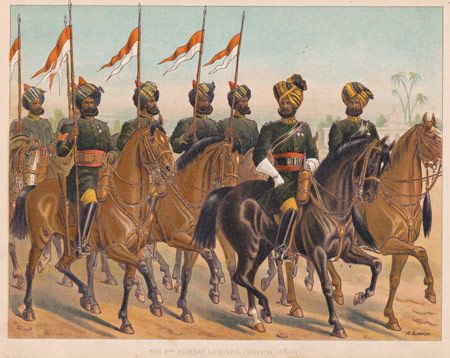

The army vs Civil bureaucracy
This preposterous concept took roots because of the Indian general staff allowed the civil bureaucracy to write the rule book. We have a sad story during the 1962 build up of tension with China. At that critical juncture the chief of the army staff general Thapar, a four-star general accepted an order from a joint secretary of the ministry of defense. This is a clear incident but over the last six decades, the army has been shot charged because of its own general staff in more than a hundred ways.
In 1973, after winning the war with Bangladesh the army was effectively downsized with a reduction in a pension by 30%. This was without any opposition from the general staff. Over the next four decades, this anomaly was allowed to continue and it was only in 2014 when Narendra Modi became the Prime Minister of India that the pensions were partially restored.
One fails to understand how the top generals of the Indian Army failed to make an impact on the government on any matter. I will in relate an incident from the eighties when the Maruti car was introduced in the CSD( Canteen Stores Department). At that time the car was about 20% cheaper than the market price for defense personnel. A section officer in the ministry of defense put up a note that the Maruti car was a luxury item and as such did not deserve to be on the CSD list.
That note by a section officer continued right up to the chief of the Army staff and none could counter it. This is just an example of how the Army general staff reduced itself to a supine force.
People may well ask why I keep on talking of the Indian Army when there were other services like the Air Force and the Navy. The fact is the army is the biggest and the most organized force in the country and the other two services have no impact on the day to day running of the Nation. The Army is also the biggest stakeholder in the unity of India and at the moment is fighting insurgency in the northeast and Kashmir.
There is also an insurgency in Central India and protagonists of this, the Maoists who are really brigands, are carrying out a mass killing of civilians and soldiers. The unity of India is dependent on the army and in any scenario, the Army should have called the shots, the facts are otherwise. The generals have allowed them to be dominated by the civil bureaucracy and political leadership for a few crumbs that may come their way, by way of an ambassadorship, though in a remote area or governorship of a small state. As a result, they are wary of approaching the political leadership or the bureaucracy on any matter.
We have had a recent case where rations for officers in peace stations were discontinued. This was in vogue for the last four decades and yet the chief of the army staff has been unable to do anything about it.
Not a single Army chief could pressurize the government to accept the one rank one pension(OROP) as approved by parliament. Foreign soldiers have asked me as to what is the problem with the Indian army general staff that they cannot even get something which is approved by Parliament and accepted by the government of India?
One must remember that mother gives milk to a baby when it cries. This is lost on the general staff who have ensured that the soldier is treated equivalent to a chaprasi. The soldier was a highly respected member of the community during the days of The Hindu Raj. Unfortunately, his status presently is equal to a peon in the central government.

Last word
One can write reams and reams about the short-sight of the general staff and the servility that goes with it. I hope few of the top brass at some stage will put their foot forward to put pressure on the government to implement not only the koshiaryi committee report but also better weapons for the army. The army is also short charged as far as weapons are concerned because 99% of the sophisticated weapons are not made in India and we have the dubious distinction of being the largest importer of arms in the world.
A nation cannot expect to dominate the world by importing weapons and it's about time people realized that the Indian Army may be a paper tiger. This needs to be taken care off. but the question is who will bell the cat? even the present Army Chief general Rawat has superseded two senior generals. Obviously, he cannot bite the hand that has made him the COAS. This sorry state of affairs has continued for too long and it may require another war to shake the ministry of defense Mandarins out of their complacency but again the crux of the issue is how much the general staff wishes to project anything to the nation.

